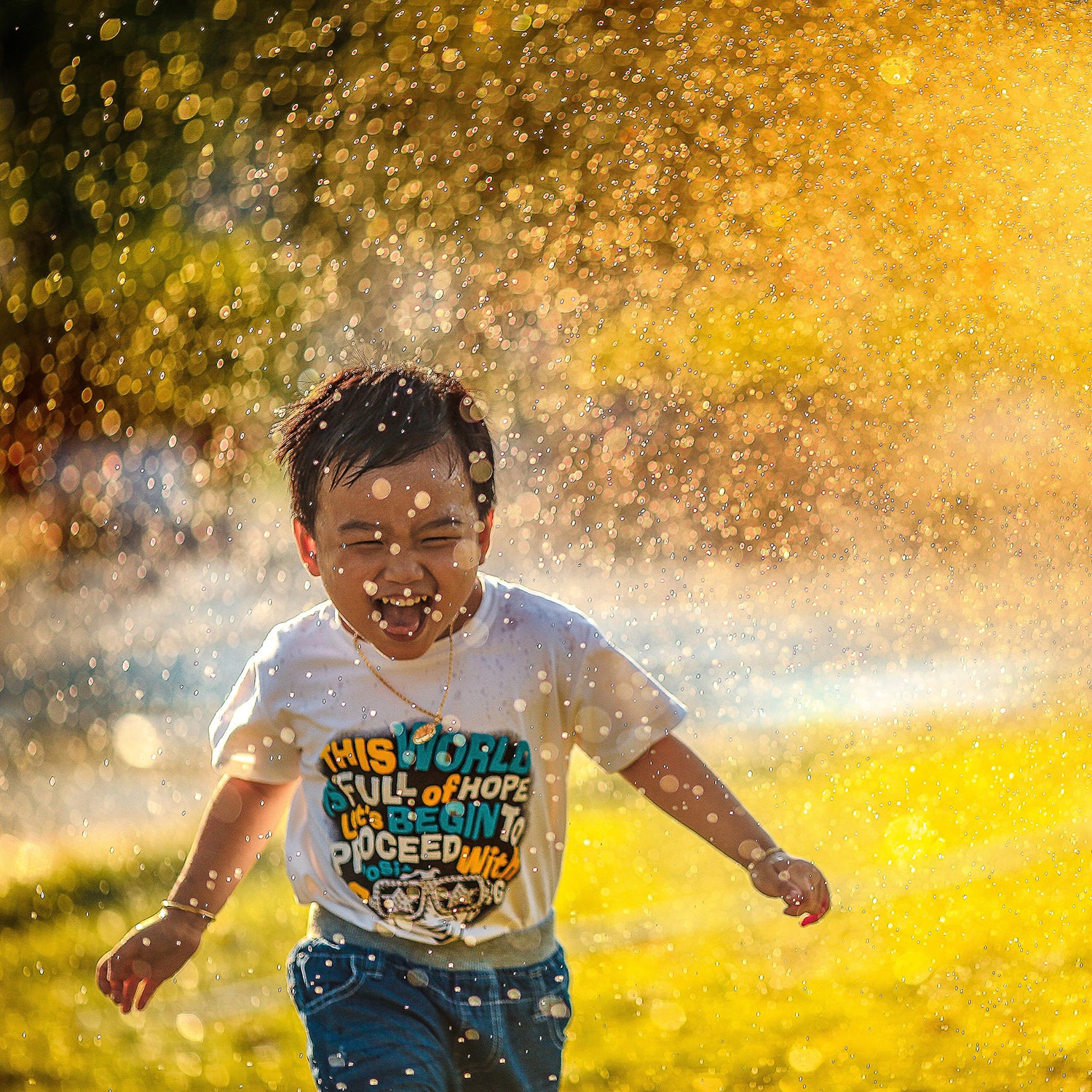This summer has been a scorcher. According to a major United Nations climate report released earlier this month, the planet’s temperatures have reached record highs, and the extreme heat that many Americans experienced this summer will only become more common in the future. The heat has had devastating effects on people of all ages, but the smallest among us are especially vulnerable.
But simply keeping your kids inside isn’t the answer, says Dr. Samuel Schimelpfenig, a pediatrician in Sioux Falls, South Dakota with a specialty in sports medicine for kids and adolescents. “We are healthier physically and mentally if we’re outside in nature,” he says. “If we keep kids inside, we don’t have to worry about heat illness quite so much, but the downside is they’re not being physically active and they’re probably spending too much time on a screen.”
If your kid is going to be playing in the heat, here’s what you need to know:
Kids can get heat stroke more quickly than adults
While on most days the body does a great job of regulating its own temperature (thanks to a region of the brain called the hypothalamus gland), extreme heat can overwhelm that function, disrupting the normal process that results in the evaporation of sweat from the skin. That overheating can lead to heatstroke, which usually includes at least one of three telltale signs: unconsciousness, fever, and a lack of sweat, Schimelpfenig says.
Little kids—and their smaller bodies—are more at risk than adults. “They absorb heat from the environment much quicker than we do,” explains Schimelpfenig. It’s the difference between cooking a single chicken breast or roasting an entire turkey. The bigger turkey will likely need three or four hours in the oven, while a chicken breast might be done in less than 30 minutes. This may be especially true for young athletes with certain disabilities or medical diagnoses that might make them more susceptible to heat conditions, along with those taking certain medications that increase heat sensitivity.
It’s important to catch the signs early
Parents, coaches, and caregivers should learn to recognize and treat milder heat illness symptoms quickly. Something as simple as bringing a child inside, offering them a cold drink, and having them rest can make a difference. Missing the early signs could result in something much more dangerous. “There are kids that end up in the emergency room dehydrated and needing IV fluids,” says Schimelpfenig.
Here’s what to look for:
- Dipping energy levels: Was your kid running around like normal and then becoming increasingly lethargic?
- Trouble breathing: Are they breathing harder than usual? Is their face flushed?
- Excessive sweating or lack of sweat: Older kids may start sweating profusely. Younger kids (toddlers and preschoolers) may not be sweating at all.
- Aches: Are they complaining of a headache, nausea, or dizziness?
Severe signs of heat illness often take those symptoms towards their extreme. If a kid has thrown up or passed out or is showing signs of mental confusion, seek medical attention immediately.
Have a plan for cooling off before going outside
After a disrupted year of activity, kids may be out of shape or out of practice when it comes to handling heat. “If you’re working hard, you’re also generating heat internally in an environment that is hot,” says Schimelpfenig. “You can’t really work out in a sauna for very long before you’re just too hot and exhausted to do it.”
To maintain body temperature and keep kids happy, plan extra water breaks, provide shade (parents might bring along small tents or umbrellas on outdoor excursions), and remember to remove your child’s bike helmet while resting—it’s one more way for the body’s heat to escape. Other ways to cool off include eating a chilled snack (bonus points for snacks that have lots of hydration, like chilled fruit), jumping in a sprinkler or visiting a splash pad (though Schimpelfenig is clear that water cools you better in your body rather than on it), or planning your activities for cooler times of day (early morning is better than high noon).
Teaching kids to regularly assess how their body feels can empower them to ask for help if they feel an onset of heat illness symptoms. Parents can also consider gear that helps kids help themselves: light colored, breathable clothing; moisture-wicking athletic wear; personal water bottles; and snack options that include electrolytes.
Sometimes the right call is to stay inside
Finally, it’s important to stomp out the myth that canceling some activities due to heat is a failure. High heat indexes are often the reason esteemed athletes have to change their plans, says Schimelpfenig. In fact, recently at the Olympic Games in Tokyo, the gold medal women’s soccer match was moved due to temperature, while the women’s marathon was moved up an hour to mitigate the effects of extreme heat. In those instances, indoor activities may be the better option.


